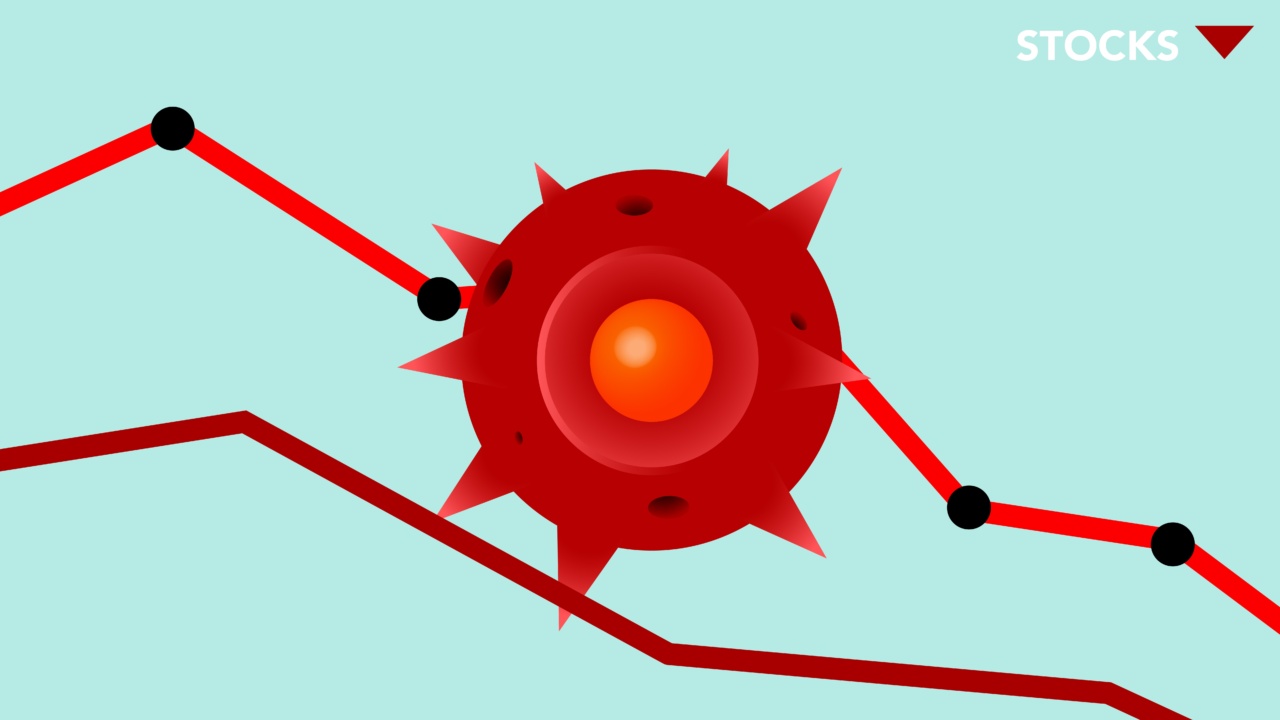Red meat is a popular and delicious source of protein, but it has been linked to an increased risk of certain types of cancer, including colorectal cancer.
As a result, many people are looking for ways to reduce their cancer risk while still enjoying red meat. In this article, we’ll explore some strategies for reducing the cancer risk of red meat.
What is Red Meat?
Red meat refers to meat that comes from mammals, such as beef, pork, lamb, and venison. It is a good source of protein, iron, and other important nutrients.
However, studies have shown that consuming large amounts of red meat can increase the risk of certain types of cancer.
How Red Meat Increases Cancer Risk
There are several reasons why red meat may increase the risk of cancer. One is that it contains compounds called heme iron and heterocyclic amines (HCAs), which have been linked to cancer growth.
Heme iron is found in the red pigment of meat, while HCAs are formed when meat is cooked at high temperatures, such as grilling or barbecuing.
Additionally, red meat consumption has been linked to increased levels of insulin-like growth factor 1 (IGF-1), which is a hormone that has been linked to cancer growth.
Finally, some experts believe that red meat may promote inflammation in the body, which can also increase the risk of cancer.
Strategies for Reducing Cancer Risk
Although red meat may increase the risk of cancer, there are several strategies that can help reduce this risk. Here are some key strategies:.
Choose Lean Cuts of Meat
One way to reduce the cancer risk of red meat is to choose lean cuts. This is because the fat in meat can contain higher levels of heme iron and HCAs compared to lean meat. Lean cuts of red meat include sirloin, tenderloin, and flank steak.
Additionally, trimming visible fat from meat can also help reduce the overall fat content and thus reduce the risk of cancer.
Cook Meat at Lower Temperatures
As mentioned above, cooking meat at high temperatures can create HCAs, which may increase cancer risk. To reduce this risk, try cooking meat at lower temperatures, such as by braising, stewing, or slow cooking.
Additionally, use a meat thermometer to ensure that meat is cooked to a safe temperature, rather than relying on visual cues alone.
Alternate Red Meat with Other Protein Sources
Another strategy is to alternate red meat with other sources of protein. This can include poultry, fish, beans, lentils, tofu, and tempeh.
By varying your protein sources, you can reduce your overall consumption of red meat and thus reduce your cancer risk.
Practice Portion Control
Eating large portions of red meat may increase cancer risk, so it’s important to practice portion control.
Aim to consume no more than 3-4 ounces (85-113 grams) of red meat per meal, and consider eating meatless meals or smaller portions of meat on occasion.
Avoid Processed Meats
Processed meats, such as bacon, sausage, and hot dogs, have been linked to an increased risk of cancer. This is because they often contain added preservatives, such as nitrates and nitrites, which can increase the risk of cancer.
Instead, choose fresh, unprocessed meats whenever possible.
Eat More Fruits and Vegetables
Fruits and vegetables contain a variety of vitamins, minerals, and antioxidants that can help reduce the risk of cancer.
In addition, consuming a diet rich in fruits and vegetables may also help reduce the overall risk of chronic diseases, such as heart disease and type 2 diabetes. Aim to consume at least 5 servings of fruits and vegetables per day.
Conclusion
Reducing the cancer risk of red meat is possible with a few key strategies, including choosing lean cuts, cooking at lower temperatures, alternating with other protein sources, practicing portion control, avoiding processed meats, and eating more fruits and vegetables. By incorporating these strategies into your diet, you can still enjoy the delicious flavor of red meat while reducing your cancer risk.































